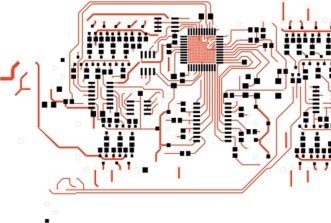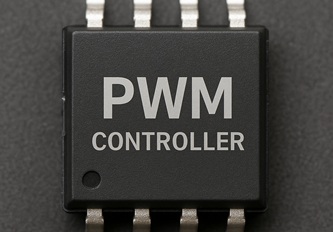This website uses cookies so that we can provide you with the best user experience possible. Cookie information is stored in your browser and performs functions such as recognising you when you return to our website and helping our team to understand which sections of the website you find most interesting and useful.
Simplified Design with Compact Current Sensors
The latest advancements in current sensor technology have revolutionized the way efficiency and reliability are achieved in various systems. These cutting-edge sensors offer improved system protection and a reduced bill of materials when compared to traditional methods such as discrete shunt resistors and op-amp-based current sensing options.
Unlike current shunt solutions that require multiple components and take up significant board space, the new sensors provide a more streamlined approach. By eliminating the need for additional PCB layers and heatsinks to maintain thermal performance, these sensors offer a more compact and efficient solution that ultimately reduces weight and size.
Allegro, a leading innovator in sensor technology, has introduced the ACS37220 and ACS37041 sensors to address the challenges faced by industries today. The ACS37220 is specifically designed to replace high-power sense resistors and is capable of monitoring high currents up to 200 A. On the other hand, the ACS37041 offers a high level of integration in a compact SOT23-W package, making it suitable for a wide range of current sensing applications up to 30 A.
Shaun Milano, Business Line Director of Current Sensors at Allegro, emphasized the benefits of these new sensors, stating, “The small footprint and low-power dissipation of the ACS37220 and ACS37041 provide customers with a great alternative to traditional shunts. Allegro’s commitment to innovation is evident in these new sensors, which cater to the evolving needs of our customers and the design community at large.”
One of the key features of the latest current sensors is the integration of functions that were previously handled by separate components. By combining the shunt resistor, shunt amplifier, and other passive elements into a single package, these sensors offer a more efficient and compact design. This makes them particularly well-suited for low voltage applications (<100 V) and provides a host of benefits over traditional shunt solutions.













